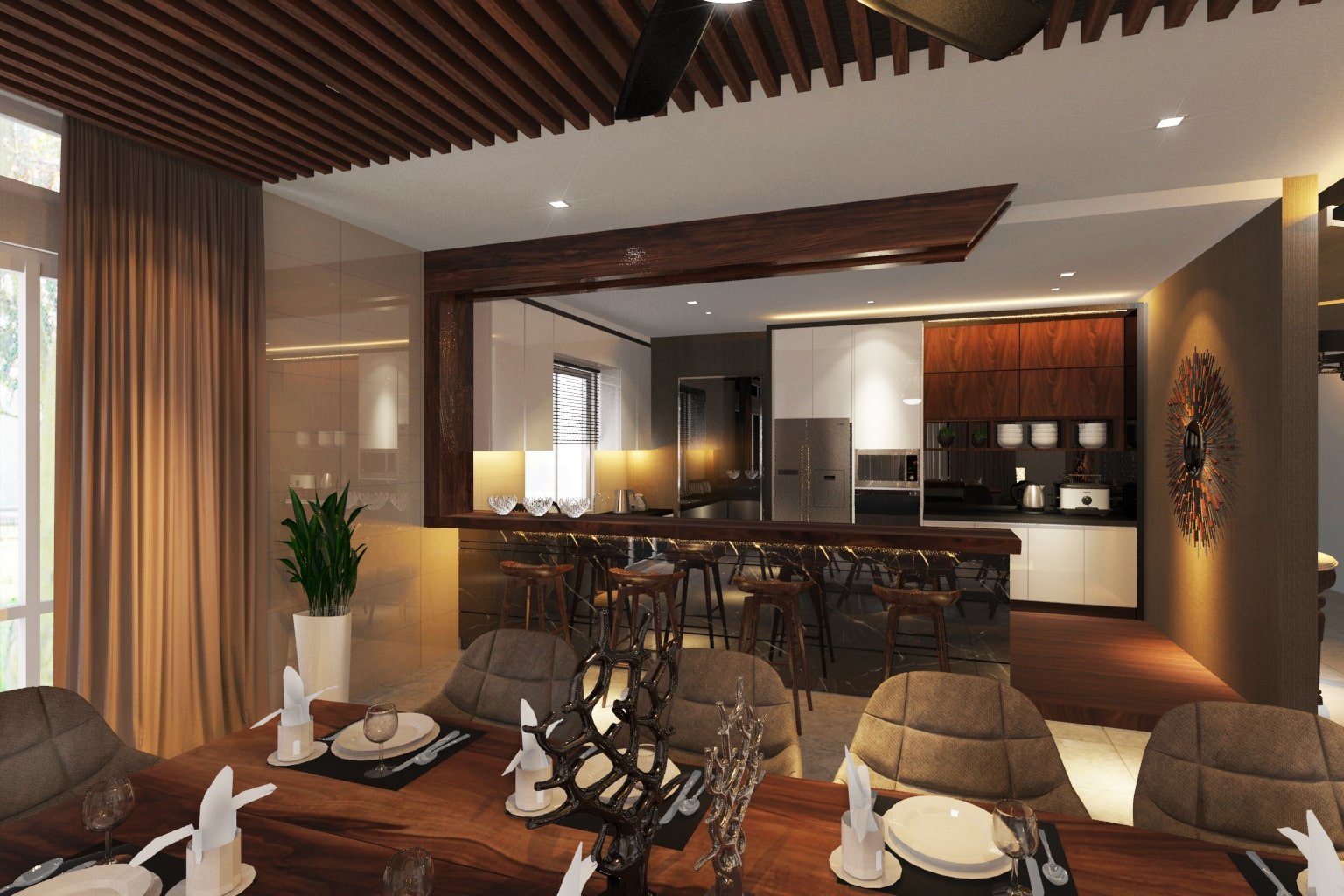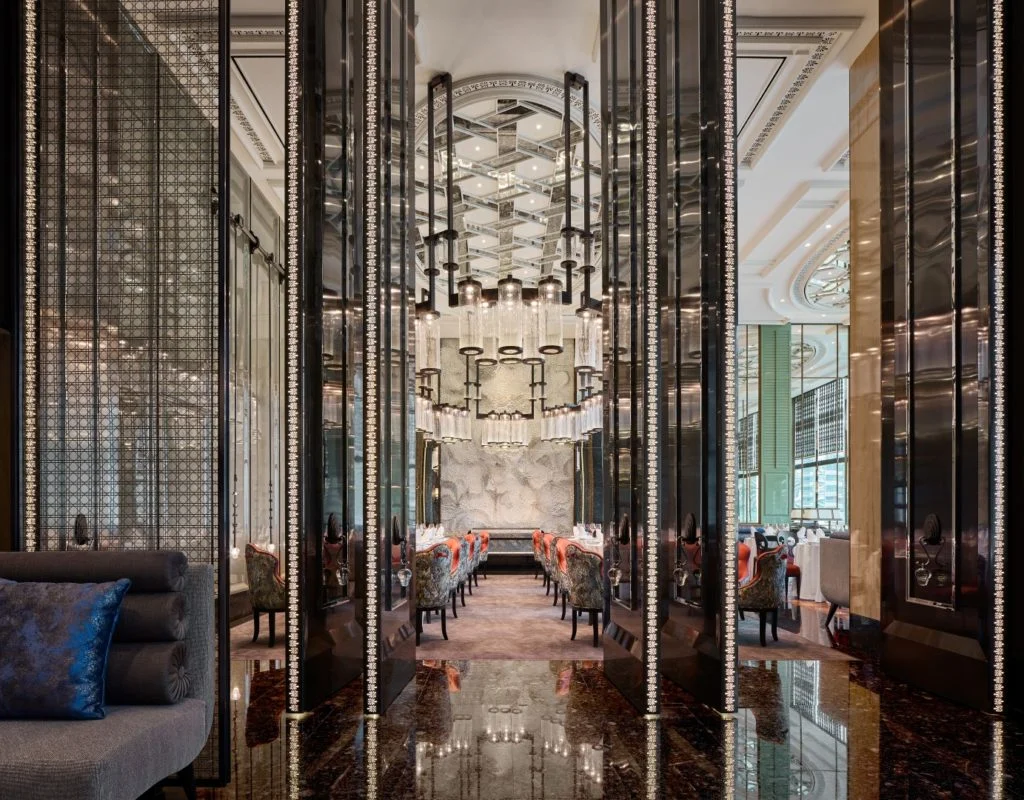
You’re an established luxury hotel or just starting out your own venture.
You understand what makes a great hospitality experience,
But you’re not quite sure about what your customers are truly looking for in a hotel from a design perspective.
There have been many case studies of hotels that have tried to take their hospitality to the next level.
But without a proper way of telling whats the leading cause for guests to return.
You’d be surprised that without a clear framework of what works and what doesn’t,
It quickly becomes frustrating, not to mention expensive trying out new things and not know whats making your customer tick.
Here we will list a few ways of how design can play a critical role in hospitality driven industries,
We’ll cover:
- the framework needed to create a design that relates to your ideal client,
- the design principles for successful hospitality space,
- case study of a successful hotel that applied this system,
Reverse Engineering

Is it the fancy lobby and concierge?
The comfortable beds perhaps?
Bed and breakfast?
WHAT IS IT?
Answer: its a combination of everything
Too many hospitality vendors will spend months trying out new design alternatives to improve their customer experience,
And will go through something like changing the colors of their walls hoping that would make a difference.
Truth be told, the only way to create a memorable stay is by starting at the customer experience first.
And then working out the technical specifications (design interiors) from there
Start with your customer Avatar, the avatar is your framework for every decision you make..
Wainscoting vs Solid panels? Warm vs Cool colors?
Let your customer avatar decide for you,
Your Customer Avatar is everything you know and can list down about your customer,
This is not to be confused with the customers you’re currently getting,
But rather your “ideal” customer, the one you actually want to target.
This comes through collecting data from what has worked for you in the past.
And what you know has been proven to work from real life reference experience.
Here is an example of a Customer Avatar template we might use for targeting hospitality vendors:
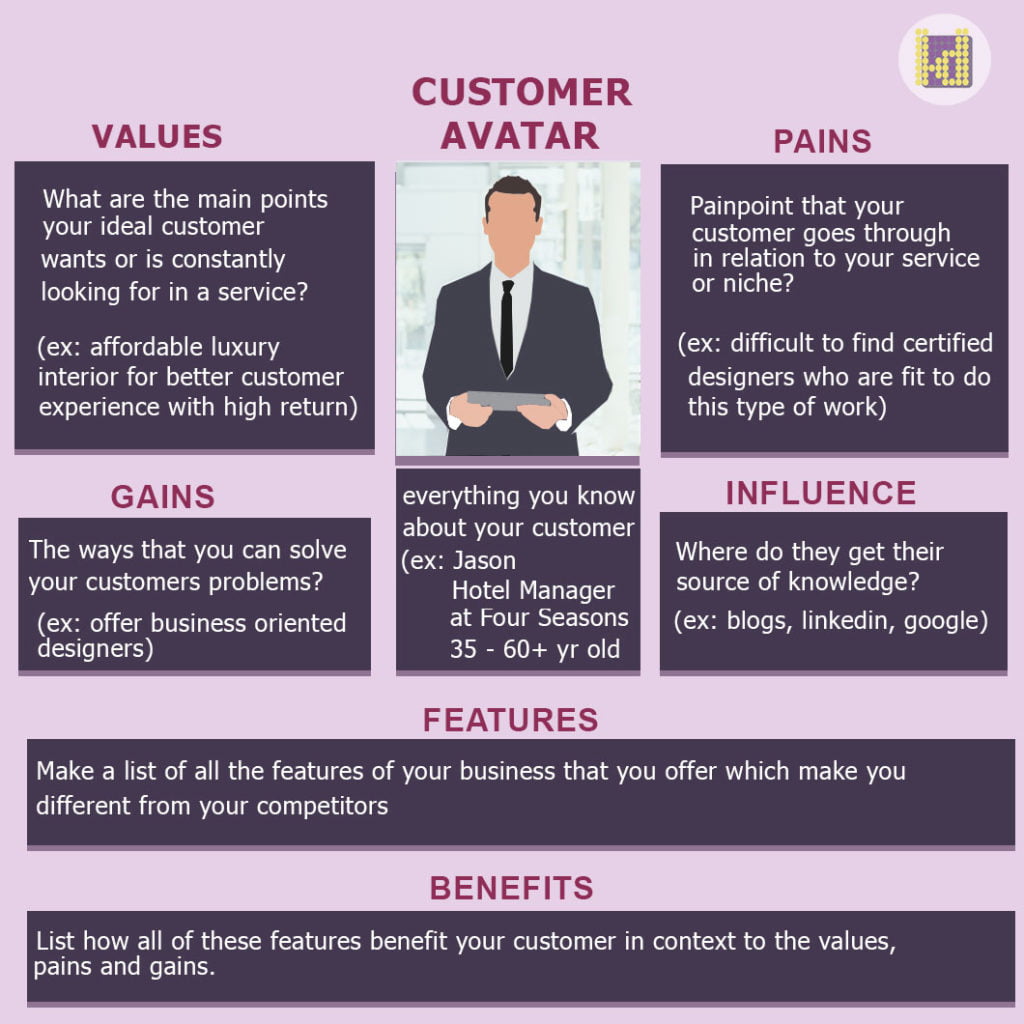
However, if you are just starting out and you’re not sure about what your target customer wants,
Then your best bet is to survey other competitors who are doing something similar to what you are trying to achieve.
What are they doing right, what are they doing wrong and what can you do that’s different.
Last thing you want from being in a competitive industry such as hospitality is to be a “me too” company.
The info-graphic above is a Customer Avatar framework we use to determine our ideal customer’s values, pains, gains and influence to improve their experience.
This framework can be used for any business or service and is not related to the nature of what your doing.
Once you’ve set a clear framework for what your customer wants,
You’ve got the proper foundations in place and can now begin thinking about design features…
The Principles Of Hospitality Design

With the advancement of technology and trends, new updates are continuously being introduced.
From smart technology, architectural details and personal devices,
It’s challenging and expensive to keep up with these trends.
So how do you design something that remains relevant to your customers needs?
Answer: by sticking to timeless principles of hospitality design.
You’ve probably already learned about design composition principles that create timeless architecture
While those are still relevant, there are certain principles pertaining specifically to how we design a hospitality space:
A feeling of commune, individuality, shareable experiences.
FEELING OF COMMUNITY
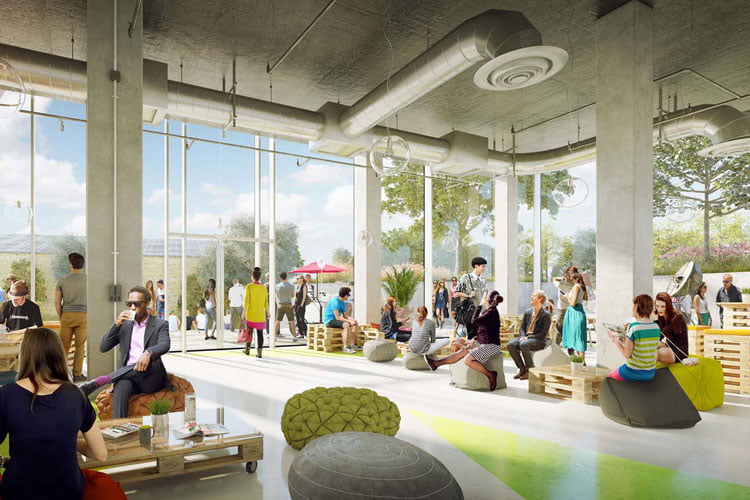
The Upcoming generation of guests are looking past conventional ideas of comfort and luxury as that’s become an expected standard in hotels.
Nowadays, guests are looking forward to having the design be part of their travelling experience.
Because of the internet and digitization of communities,
It’s become very easy to find groups of people who share our same individualistic interests.
Hotels are now presented with a unique opportunity to help create a setting where guests can express their lifestyles and connect with like-minded individuals.
So the goal when designing common hotel areas should’t only be about comfort but also connection.
The modern day traveler now includes the hotel as part of the destination of travelling as a whole.
By designing a communal space, it creates multipurpose areas which become important when working with limited built area footprints
INDIVIDUALITY
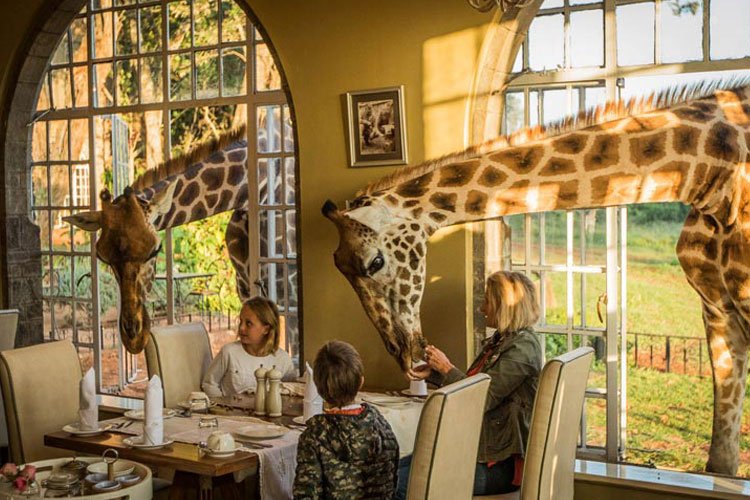
Brands within themselves serve as a connection for certain lifestyles and tastes,
Some people will label themselves as a “Air BnB” type while others would identify more with “Marriott”
As a result, successful hotels are making design choices based off the individual tastes of a niche audience.
Guests are now looking to stay at places that cater to specific hobbies and activities they are passionate about.
This is part the reason you need to be hyper specific about your customer avatar as knowing what their favorite pass time activities are can serve to your business.
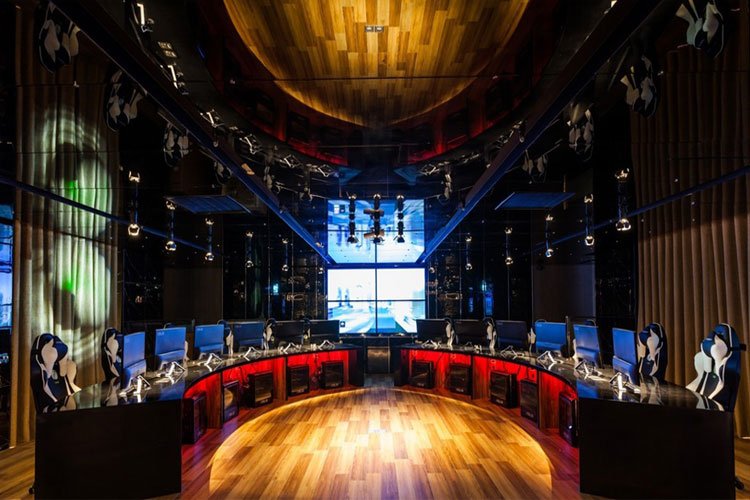
This is where localization is important, and is one of the main principles that Starbucks uses in their business models for their outlet designs
Hotels need to find authentic ways to cater a sense of location in each of their branch’s designs.
If a guest is staying at a hotel in Africa then they want to feel the African spirit.
The sense of localization can be portrayed either through the food, interiors or even music and employee attire.
This not only improves the customer experience but will also reduce your hotels upgrade costs as you start to find your own solutions to what works for you.
SHAREABLE EXPERIENCES
Embracing digitization can help turn your guests into personal brand ambassadors.
By creating a Pinterest worthy moment, you entice gusts to share their experiences online.
Platforms like Instagram and Pinterest has become a place for online communities to find unique places to visit.
While these platforms may not necessarily be relevant forever,
but communication through video, images and written text is something that is not going away.
The internet has revolutionized the way humans communicate and communication via sharing will remain an intrinsic part of our nature with or without social media.
LONGEVITY & SIMPLICITY
Having lots of accents and detailing are great, there’s nothing wrong with that.
However, luxury and impactful impressions don’t have to come with an extra cost.
By focusing on a select few essentials, you will draw attention to the details that matter.
On a hotel survey conducted by the American Hotel and Lodging Association, 40% of hotel guests are business travelers
This paints a different picture doesn’t it?
Guests travelling for business usually spend long hours in presentations, meetings and networking sessions.
Coming back to a comfortable room for sleep and relaxation is all they are looking for.
This means you can spend less money on cluttering walls with too many paintings and accents
and allocate your budget to more rejuvenating interior features.
After all, your hotel rooms are like skeletons for your guests to add their own personal belongings,
Remember: think differentiation, not extra
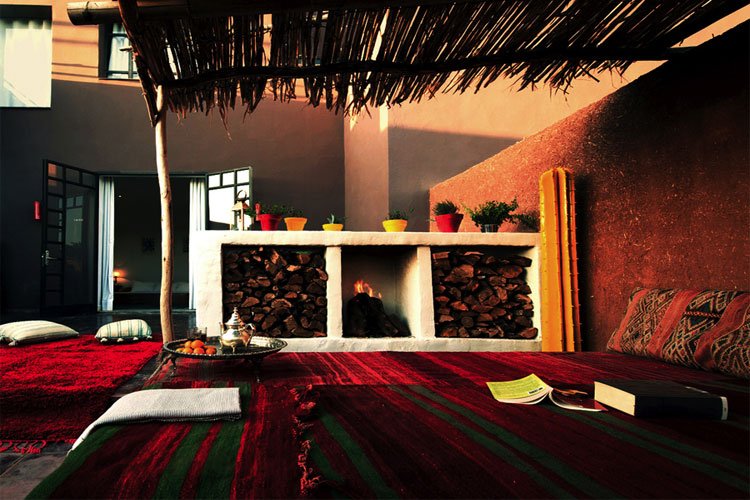
Simple does not have to be boring, you have to find new ways to bring spaces to life.
This is when an experienced designer can come in handy, they know how to flesh out character and channel guest’s focus without going overboard.
Its less about the features and more about how it makes people feel.
Another reason to keep things simple is due to the increased cost of real-estate and urbanization.
This presents a challenge and opportunity to hotel managers and designers,
How do you create a room that’s relevant in the span of decades?
Hotel rooms are designed with a lifespan of years, but the technology changes every few quarters.
This means that it serves to use hard surfaced elements which will allow for quick small revamps every now and then.
As for technology, its probably more economical to install features that are actually adapted to the users devices.
Eventually within the next decade our economies will start to shift towards the 3rd industrial revolution,
Or “The Sharing Economy” will be the future of the hotel industry.

The Internet of Things & Blockchain will revolutionize our service based industries,
For instance customers will be able to share data on how they like to use their rooms,
This will mean that repeat customers can have individual profiles,
These are then matched with rooms that can automate the temperature, lighting, music and even TV stations almost in an instant to the guest’s preference.
This will totally transform the hotel experience into an individual one without your guest having to do anything.
Alongside to that, analytics provided by your customers building usage will help optimize your spaces and reduce management costs.
ENVIRONMENTALLY SUSTAINABLE
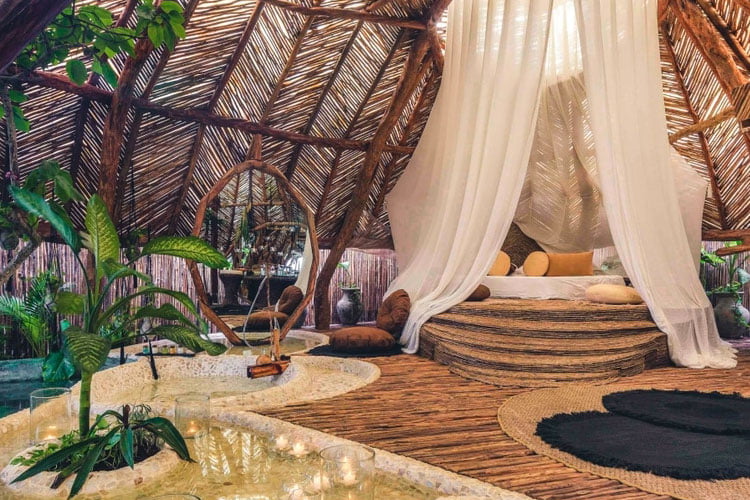
Last on the list, but definitely not the least.
I’m sure you’ve heard of the 11 year doomsday countdown for our planet,
According to a General Hearing by United Nations earlier this March 2019,
we have a little over a decade to prevent irreversible damage from climate change.
Guests are becoming increasingly environmentally conscious,
With Millennials especially favoring sustainability even when it comes to travelling and properties.
Statistics also show that people are more likely and willing to spend more money on places and companies that are serious about positive environmental and social improvement.
Having environmental features and sustainable technology not only brings more positive engagement from your ideal customers,
But it also helps reduce your operating and building management costs in the long run.
What ever “expensive” initial investments you might have to pay upfront to have these features installed,
You’ll make up for it by energy savings made from these features,
You will initially be able to turn your hotel into a micro powerhouse within the next decade.
REAL LIFE EXAMPLE OF A WINNING HOTEL
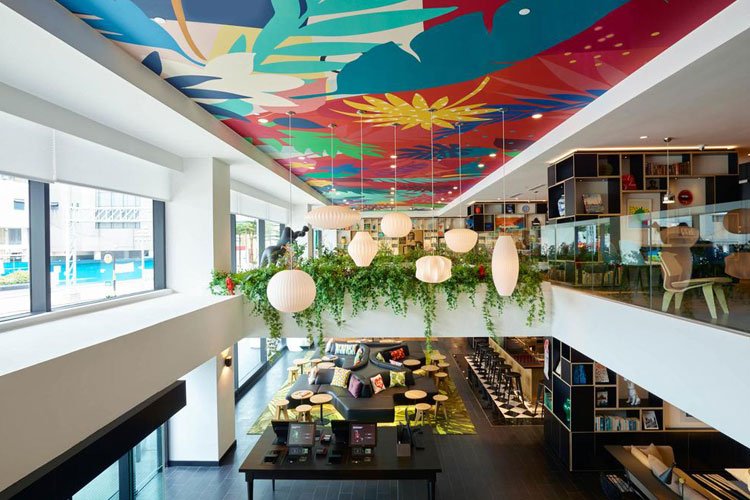
Here’s a idea for thought, why do some customers choose 5 star hotels over 3 stars?
That’s exactly what Founders Rattan Chadha and Michael Levie asked themselves before they started CitizenM Hotel.
These two entrepreneurs were new entrants into the hotel business and managed to create a new blue ocean market within a bloody red ocean of competition.
They wanted to create a new kind of hotel chain that would capture the majority of frequent travelers
Or what they called “the mobile citizen”, whether for business or pleasure.
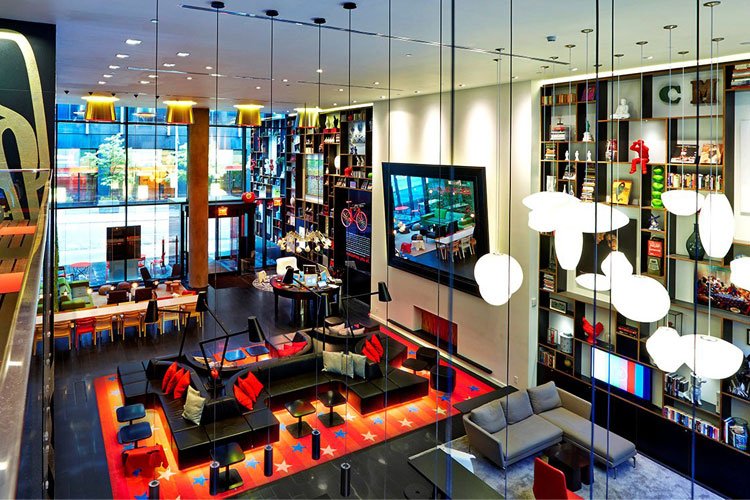
They noticed that these travelers either went to three star or five star luxury hotels and wanted to figure out why they chose one over the other.
Throughout their studies by attending various different kind of hotels,
They realized that it boiled down to a handful of features that were the ultimate factors of picking five stars over three:
- The beauty and luxurious feeling
- The prime location
- The optimum sleeping environment
They also discovered that those that picked three star hotels was due to the price and that sometimes luxury hotels were too formal and pretentious.
By gaining these insights, they were able to decide what to eliminate, reduce, raise and create (ERRC),
A Blue Ocean Strategy that led them to create one of the highest ranked hotel chains in the world.
This can be seen from the info-graphic below:
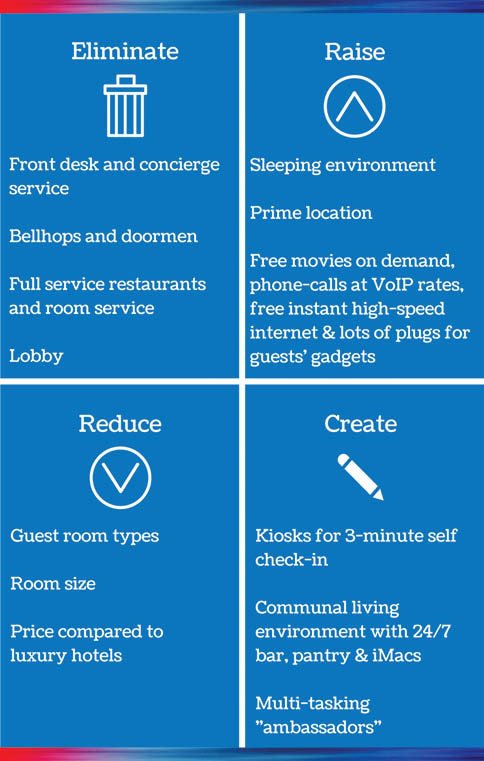
By using this framework they were able to accurately understand that in neither five nor three star hotels, the front desk, concierge and bellhop service didn’t bring guests any added value.
So they eliminated that from their services and added electronic check ins instead.
They also knew that their ideal customer didn’t spend much time in their rooms,
This let them reduce room size and save more costs as this meant more rooms per square foot of real estate.
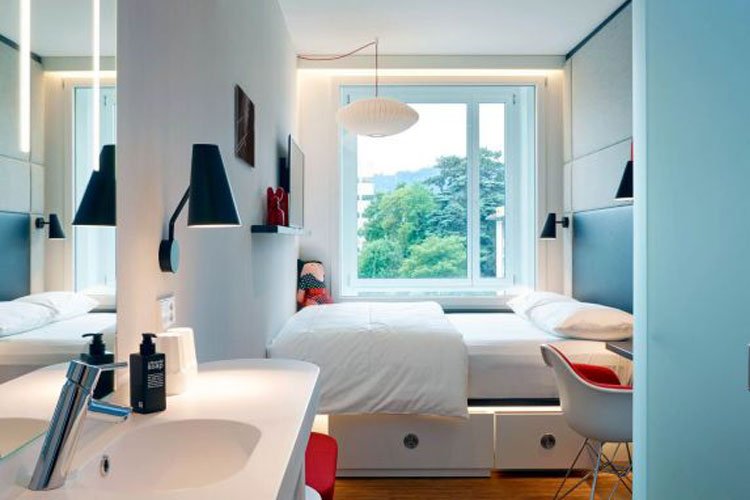
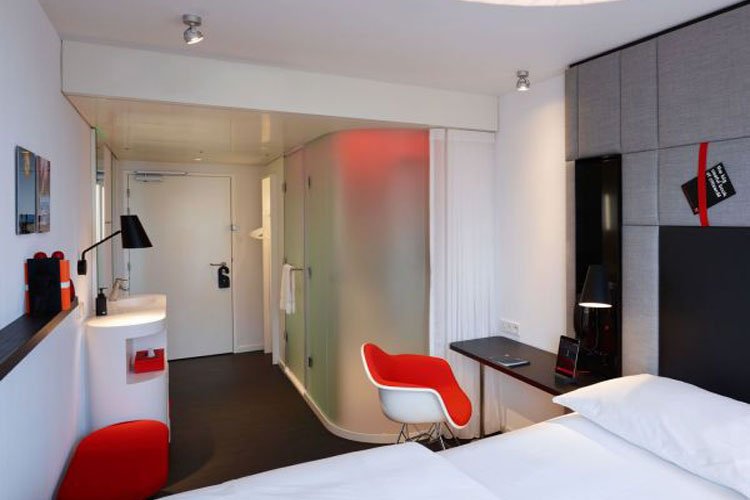
With costs saved, they were able to add luxury sleeping conditions with better mattresses, linen sheets, sound proofed walls and amazing showers.
This put CitizenM in a powerful position by offering new value cost frontiers to their ideal customers,
Which gave them an average occupancy rate of 90% across their hotels,
Obtain high rankings alongside five star hotels, yet be able to offer three star pricing rates.
Not to mention reduce their managerial costs by at least 50% compared to other hotels in the industry.
All because they learned how to translate their customer observations into a series of concrete actions that were directly relevant to their ideal customer.
You can read the full case study Here
Conclusion
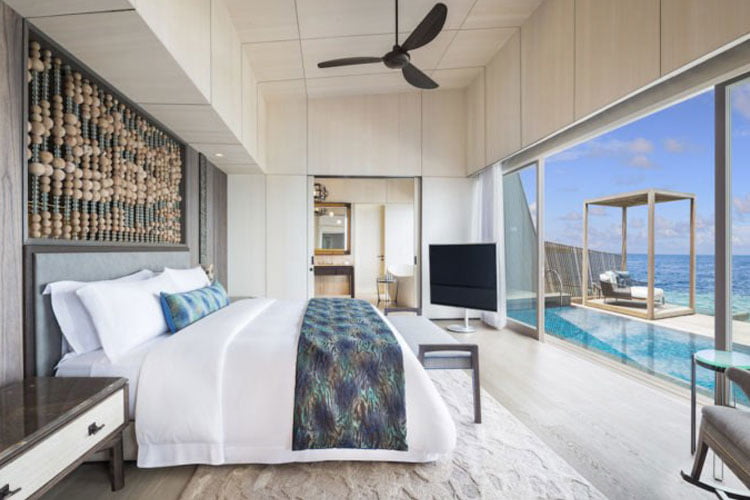
Being in the hotel industry is tricky business,
But with the right insights in place, you can make the moves that cater to a customer experience that will make you stand above the rest.
Instead of competing by continuously looking at what your competition is doing, you might find it more rewarding to focus on how you can bring more value to your ideal customer.
Which will reduce your operating costs at the same time as well as grow your revenue.
By understanding the customer experience first,
You can reverse engineer to the design specifications and create a truly memorable experience that will have guests coming back for more.
Need more customized information on how to revamp your hotel design?
Click here and get in touch with our consultants for hospitality interior design proposals and budgets.
Leave a comment below if you feel this article was helpful or if we missed out on anything!


